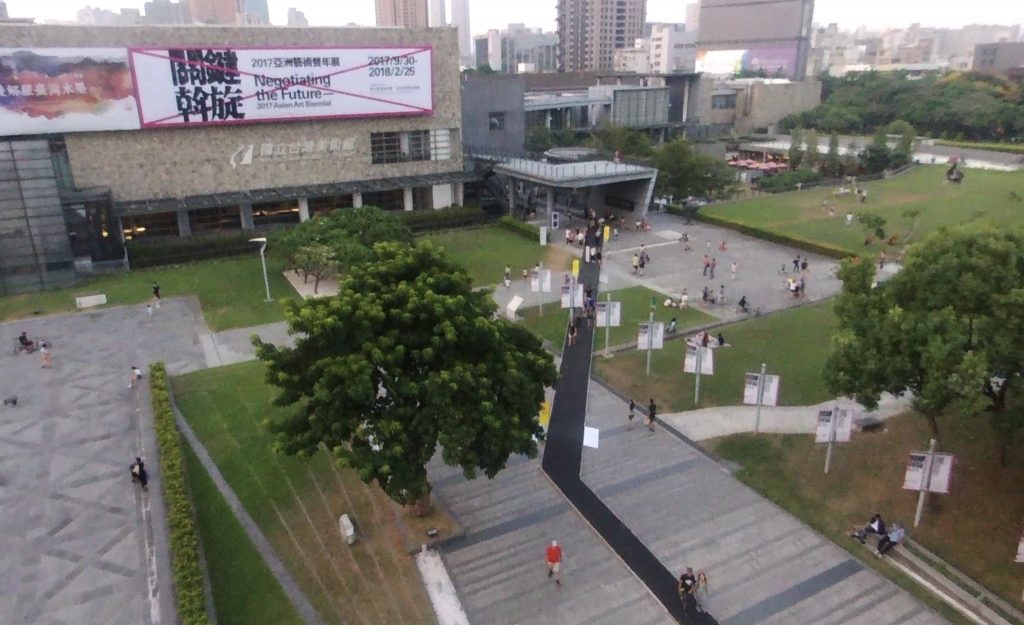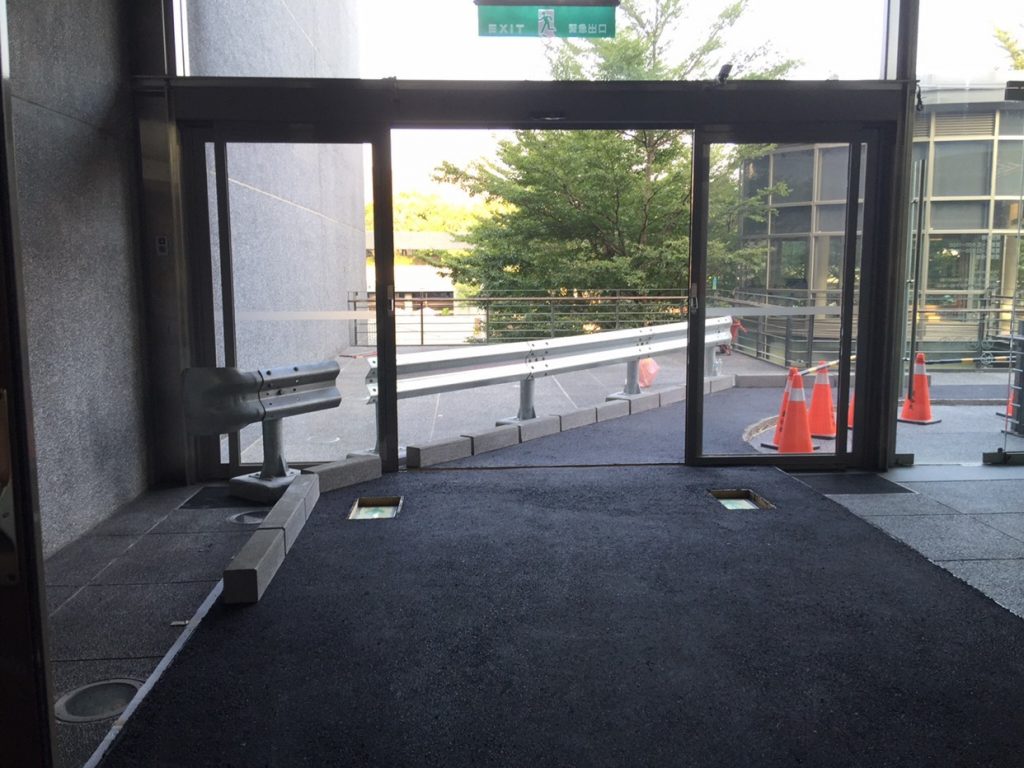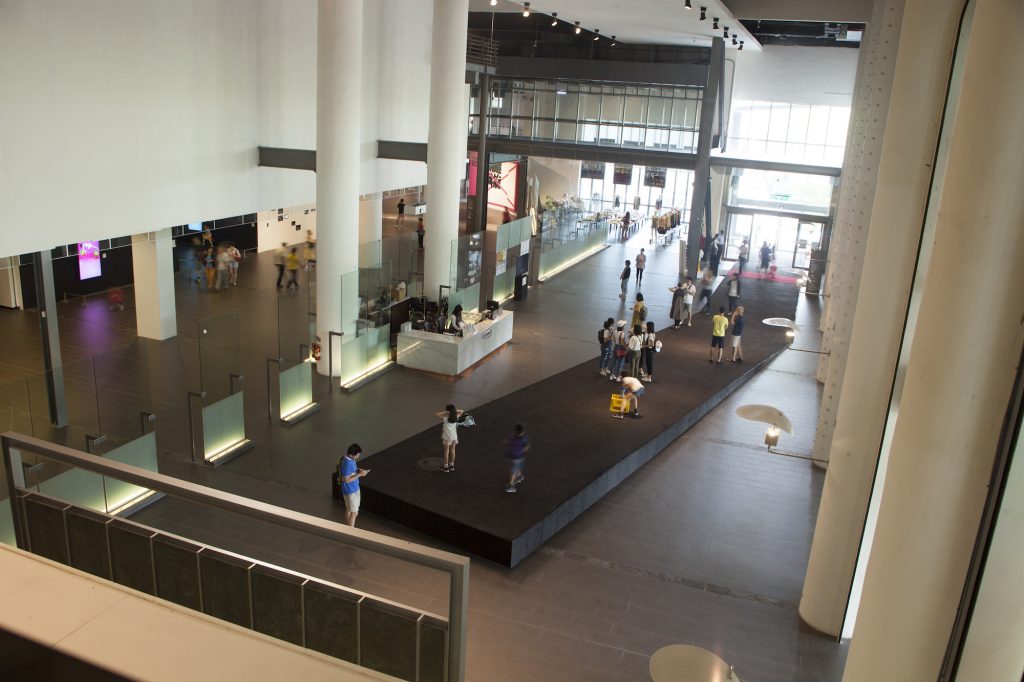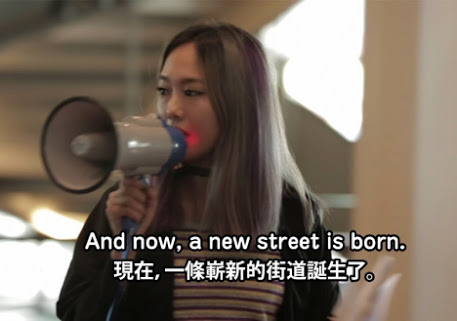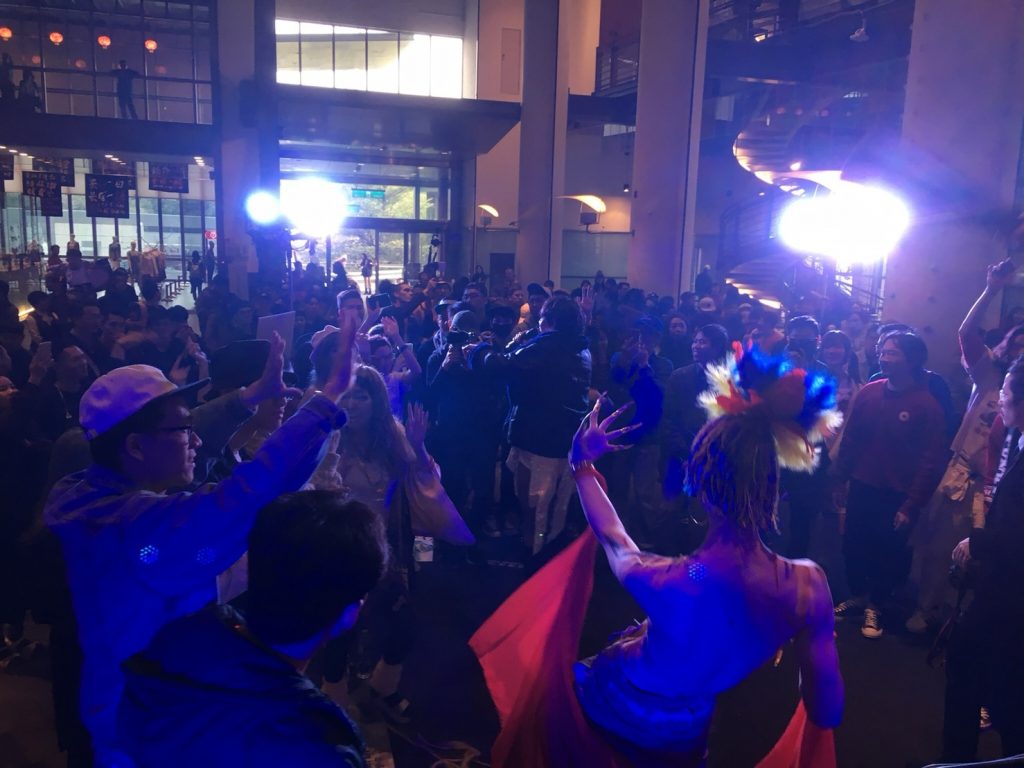A street that connects the inside of the museum with the outdoor garden and the public street was created under this project as part of the “Asian Art Biennale 2017” held at the National Taiwan Museum of Fine Arts. All protests were staged on the street, with people walking from meeting points to whatever destination they aim for, such as the National Diet. The work was partly inspired by the story that students of the Sunflower Student Movement were able to occupy the Legislative Yuan because the front door was not locked. This street could be seen to be connecting to the inside of the museum to the Legislative Yuan too. The project also questions how public of a space a national museum really is, and aims to maximize the public potential and public sensibility of the National Museum through this experiment. The project puts forward many questions: To whom do the Legislative Yuan and the National Museum belong to? Who gets to decide what one does or can do inside those spaces? How should the fairness of such judgment be reviewed? Chim↑Pom decided to negotiate with the museum to make original regulations for this street, which is neither a public road nor a national museum, but an alternative public space. On the other hand, the title of this work is written in kanji character because it is inspired by Taoism, which is considered to be at the core of Taiwanese culture, and also because it connects to the Japanese judo and calligraphy customs to use michi [streets] as a metaphor for life.
Statement
We created a street that connects the inside of the museum with the outside garden and public street. It is made of asphalt concrete and is thickly layered for the cross section to stand out. All protests are staged on streets, with people walking on streets from meeting points to whatever destination they aim for, such as the National Diet. Since all streets are connected, we can say that this street connects the inside of the museum to the Legislative Yuan. This project also questions how public of a space the National Taiwan Museum of Fine Arts really is. For example, public streets are free for anyone to use 24 hours a day with usage rules built upon the law, the public's common sense, and mutual trust. Inspired by the Sunflower Movement that used the public space of the Legislative Yuan as its stage, we aim to bring out the maximum potential and public sensibility of the National Museum through this experiment, opening it up to the public in a true sense. To whom do the Legislative Yuan and the National Museum belong to, and who gets to decide what one does or can do inside those spaces? How should the fairness of such judgment be reviewed? This project may contain many questions. So we have decided to negotiate with the museum and make new regulations just for this street, which is neither a public road nor a national museum but an alternative public space. Why open? The participants of the Sunflower Movement entered the Legislative Yuan upon realizing that the door was somehow open. People who view that the street is also connected to the museum entrance will ask the same question and with that, begin pondering about many things. What is the public, what is the street, what is art? Even in that sense, it seems fitting to have the gateway to the Biennale be an entrance that is in fact connected to the public street and the paved street. The title is in kanji character because it is inspired by Taoism, which may be considered at the core of Taiwanese culture, and also because it connects to the Japanese judo and calligraphy customs to use streets as metaphors for life. It is also Chim↑Pom's response to this Biennale under the theme of Asia.
